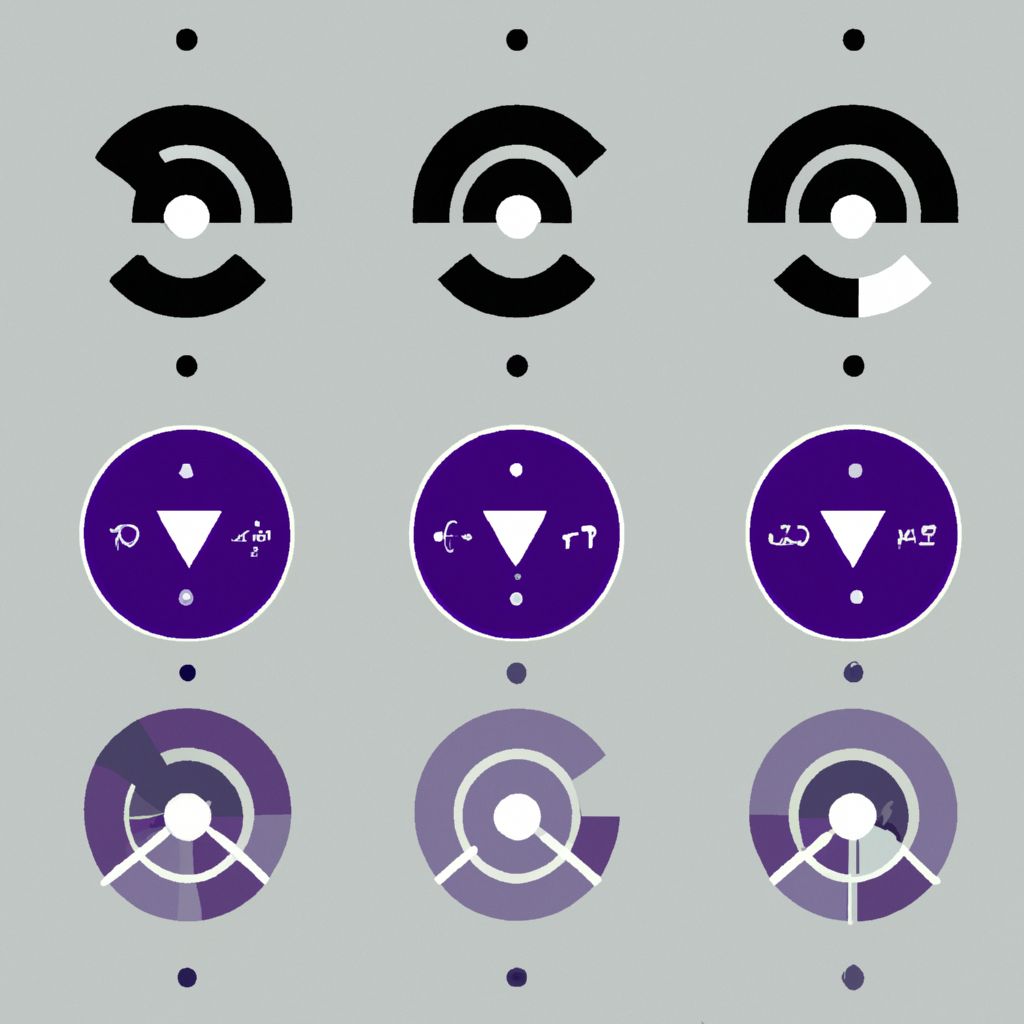Shifting Focus: Nexus and Software Composition Analysis (SCA)
When discussing a "nexus vulnerability scanner," it's important to clarify that this typically refers to tools within the Sonatype Nexus platform, specifically Nexus Lifecycle or its predecessor Nexus IQ Server. Unlike network scanners (like OpenVAS) or web application scanners (like OWASP ZAP), Nexus tools specialize in Software Composition Analysis (SCA).
SCA focuses on identifying and managing the security risks associated with open-source and third-party components used within your own software development projects. Modern applications rely heavily on external libraries and frameworks; a vulnerability in one of these dependencies becomes a vulnerability in your application. Nexus vulnerability scanning directly addresses this critical aspect of the software supply chain.
What Does Nexus Vulnerability Scanning Do?
Nexus Lifecycle/IQ Server integrates into the software development lifecycle (SDLC) to automatically:
- Identify Dependencies: It scans project builds, manifests (like
pom.xml,package.json,requirements.txt), and binaries to accurately identify all the open-source components and their specific versions being used. - Detect Known Vulnerabilities: It compares the identified components against Sonatype's comprehensive vulnerability database (and often other sources like the National Vulnerability Database - NVD). It flags dependencies with known Common Vulnerabilities and Exposures (CVEs).
- Assess License Risk: Beyond security, it identifies the licenses associated with each component and checks them against predefined organizational policies to flag potential legal or compliance issues (e.g., incompatible licenses).
- Enforce Policies: Organizations can define security and license policies within Nexus (e.g., "fail the build if a dependency has a critical vulnerability," "warn if a component uses a non-approved license"). Nexus can then automatically enforce these policies at various stages of the SDLC (e.g., during CI builds, before deployment).
- Provide Remediation Guidance: When a vulnerable component is found, Nexus often provides information about fixed versions or alternative, safer components, helping developers quickly address the issue.
How Nexus Integrates into the SDLC
Nexus SCA tools are designed to "shift left," meaning they integrate early and often in the development process:
- IDE Integration: Plugins for IDEs (like Eclipse, IntelliJ, VS Code) provide real-time feedback to developers as they add dependencies.
- Source Control Integration: Scanning repositories to identify issues in committed code.
- CI/CD Pipeline Integration: Plugins for Jenkins, GitLab CI, Azure DevOps, etc., automatically scan builds, potentially failing them if critical policy violations are found.
- Repository Management: Integration with artifact repositories (like Nexus Repository Manager or Artifactory) to scan components stored there.
- Runtime Monitoring (Advanced): Some capabilities may extend to monitoring applications in production.
Benefits of Using Nexus for Vulnerability Scanning (SCA)
- Manages Software Supply Chain Risk: Directly addresses the significant risk posed by vulnerable third-party components.
- Early Detection ("Shift Left"): Finds and flags issues early in development when they are cheapest and easiest to fix.
- Automation: Automates the often tedious and error-prone process of tracking dependencies and checking for vulnerabilities.
- Policy Enforcement: Ensures consistent application of security and licensing standards across development teams.
- Improved Developer Productivity: Provides developers with quick feedback and actionable remediation advice.
- Compliance: Helps meet compliance requirements related to software security and license management.
Nexus vs. Other Scanner Types
It's crucial to understand that a nexus vulnerability scanner (SCA tool) complements, rather than replaces, other types of scanners:
- Network Scanners (e.g., OpenVAS): Scan infrastructure for open ports, service misconfigurations, and OS-level vulnerabilities.
- Web Application Scanners (DAST, e.g., ZAP): Scan running web applications for vulnerabilities like XSS, SQLi, broken authentication/authorization.
- Static Application Security Testing (SAST): Scan your own source code for potential vulnerabilities.
- Nexus (SCA): Scans the third-party components your code uses.
A comprehensive vulnerability management program requires multiple types of scanning. Nexus fills the critical gap of securing the open-source dependencies that form the foundation of most modern applications. By integrating Nexus vulnerability scanning into your SDLC, you gain vital visibility and control over your software supply chain security.
Disclaimer: This post represents the view of the individual author that wrote it and not necessarily the view of Rarefied Inc.
Looking for professional security testing?
Based on your interest in this topic, you might benefit from our specialized security services:
